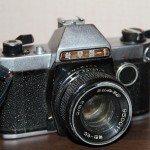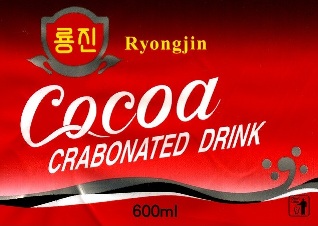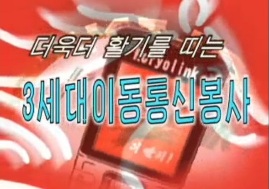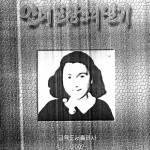According to the Daily NK:
North Korean trading companies operated by several organs have been selling steel to China in exchange for food.
One Chinese trader who does business with North Korea reported to The Daily NK on Monday, “China-based North Korean workers in charge of trading with China for Cheongusan Trading Company (under the Escort Command), say that this year Chosun is expanding the volume of its steel sales with China.”
The trader said, “In November last year, the analysis table of steel quality was delivered to us, and accordingly a contract has also already been signed.” He added, “In Chosun, the company is waiting for a permit to trade from an upper organ after having loaded materials on freight trains.”
He explained further, “For the price of the steel, Chosun has asked for rice, flour, noodles and also construction materials,” adding, “Food in bulk can enter Chosun.”
He explained that since North Korea is facing a serious lack of food, cement and other construction materials due to isolation from the international community, the country is trying to barter steel for food with China, from which the North is able to import.
Another trader in China verified the story, explaining, “Recently in Dandong, workers from Kangsung General Trading Company (under the General Staff) and other companies visited China for the purpose of selling steel.”
He added, “From now on, our company is going to do only steel trade with Chosun. We have decided not to do business in other things because our experiences have shown that there is no credit there.”
He went on, “North Korean trading units may have suffered from limitations put on items by Chinese companies,” going on, “If Chosun does not make a deal with us, they will starve to death this year. Even though they emphasize independent rehabilitation, when have they ever been rehabilitated?”
North Korea’s media frequently emphasizes the glorious production of “Juche” steel at Kim Chaek Steel Mill and Gangsun Steel Mill. Indeed, the Common Editorial issued on the first day of this year stated that, “By the power of the realization of the faith and model of Kim Steel (steel from Kim Chaek Steel Mill) and Juche steel, let’s have waves of victories.”
According to KOTRA, South Korea’s trade statistics agency, from January to October, 2010, North Korea exported steel to China worth $82 million.
One potentially positive aspect to this story is the recognition by the DPRK of the benefits of comparative advantage in trade. Rather than aiming to produce all of its own food, the DPRK can instead specialize in steel production and trade for Chinese produced food. Through trade, China and the DPRK could both consume more steel and food than if each country practiced autarchy. Unfortunately the DPRK’s recent history has demonstrated a callous disregard for comparative advantage and has instead focused on increasing domestic food production and aid while limiting international trade. Lets hope to see more rational policies prevail in the future.
Read the full story here:
North Korea Bartering Steel for Food
Daily NK
Im Jeong Jin
1/3/2011




